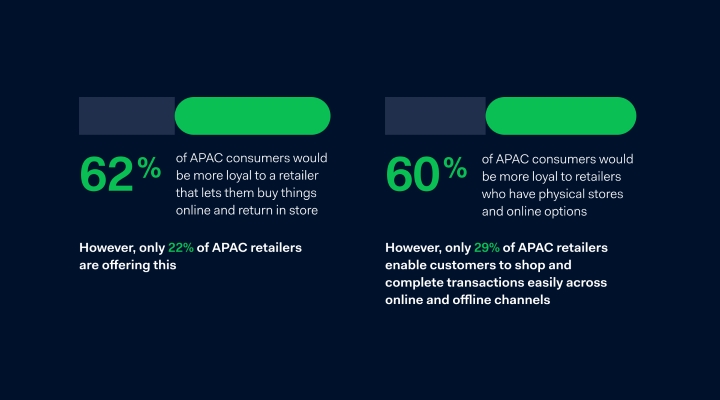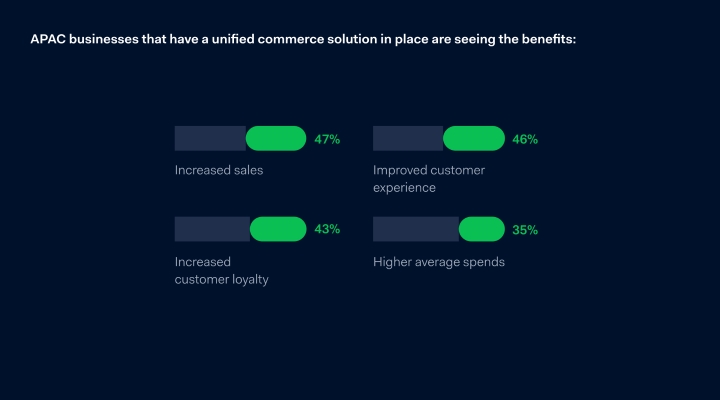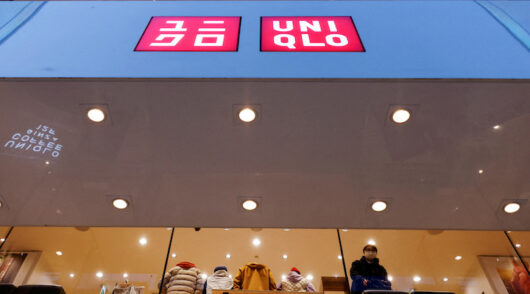We all know about the rise of e-commerce in the last couple of years, but now that we’re on the other side of the Covid rollercoaster, what’s next for the retail industry?
For Adyen’s latest retail report, the team recently asked over 10,000 businesses from 23 markets, including 2504 from Apac, about their concerns, aspirations, strategies and investments for 2022 and beyond. Then they asked 40,000 consumers from 26 markets, including 9005 from Apac, if they’re getting it right.
Here are some of the latest trends that Adyen unearthed as part of the report.
Welcome to the new bricks-and-mortar
By now, savvy retailers are aware that cross-channel experiences are just part and parcel of a modern store offering. Customers should be able to easily shop online, then return in-store, buy out-of-stock items in-store and then have them delivered to their homes via endless aisle.
The reality is that despite the past couple of years, customers are ready to go back in-store and shop, according to Adyen’s report. After all, 62 per cent of consumers prefer to shop in a physical store.
“Beyond that, retailers need to also re-think the role of the store in this current climate,” points out Priyanka Gargav, head of commercial SEA & Hong Kong, Adyen, adding that 65 per cent of consumers expect they should be exciting places to visit. “Instead of it being a place that merely houses inventory, it should be experiential and seen as an opportunity for shoppers to engage and immerse themselves within the brand.”
For example, customers are taken on a sensorial journey when they step into luxury skincare brand Aesop’s stores, which aim to provide customers with a tranquil sanctuary to escape the stresses of everyday life. From the moment they step into the stores, customers can breathe in the signature scent of Aesop’s products and are encouraged to gently wash their hands at the in-store basins using its liquid soaps and moisturisers.
On the other side of the spectrum are Nike’s unique House of Innovation stores, which feature a wide array of interactive features and events including basketball courts, workshops, styling sessions, customisation stations and more. These are all experiences that just can’t be replicated online.
Get the basics right
Unfortunately, according to Adyen’s research, many retailers are still struggling to meet the basic requirements of consumers in this day and age.
“Customers have become accustomed to some of the changes many retailers swiftly made during the pandemic, and they want those changes to stay, like free extended returns and click-and-collect. If other businesses don’t follow suit, they will lose customers,” says Gargav.
“The expectations of customers are fairly simple, but not many retailers are able to deliver on them. For example, 62 per cent of APAC consumers would be more loyal to retailers that let them buy things online and return in-store. However, only 22 per cent of APAC retailers offer this.”

Meanwhile, 60 per cent of Apac consumers would like multi-channel options. However only 29 per cent of Apac retailers enable shoppers to shop easily across channels.
Unified commerce is the new omnichannel
It’s no secret that omnichannel was the big winner at the peak of the pandemic. The next step beyond omnichannel is unified commerce which is set to transform the retail landscape, says Gargav.
“Businesses that consistently perform the best are those that can combine their physical and digital worlds to create a fluid, channel-agnostic experience which prioritizes the customer. This is unified commerce, the next level up from omnichannel sales,” says Gargav.
“Omnichannel businesses are great at delivering cohesive cross-channel experiences to their customers. But behind the scenes, backend systems are often unconnected, complicating cross-channel reconciliation, limiting the experiences businesses can offer customers, and hindering their operational agility across multiple channels and regions.”
But with unified commerce, payments from all channels feed into the same system, regardless of whether they take place in-app, in-store or online, offering customers a more seamless, flexible experience. It also keeps businesses agile since they can add new channels and support new customer journeys quickly because everything’s connected.
And the business benefits are clear. According to Adyen’s research, 71 per cent of Apac businesses who connect their payments systems across the business grew by 20 per cent or more. Meanwhile, 47 per cent of Apac businesses offering unified commerce experienced increased sales, 35 per cent saw higher average customer spends and 43 per cent witnessed increased customer loyalty.

“Think about all the missed opportunities when shoppers shop in a store. When they shop online, businesses know who they are, past purchases and preferences, preferred payment methods and so on. But unless in-store customers have a loyalty card, bricks-and-mortar stores don’t usually have access to that same kind of data,” explains Gargav. “But by using payments data, all of that information online and in-store is captured and linked, unlocking rich customer insights for businesses to unpack.”
Want to find out more about Adyen’s Retail Reports? Access them below:






